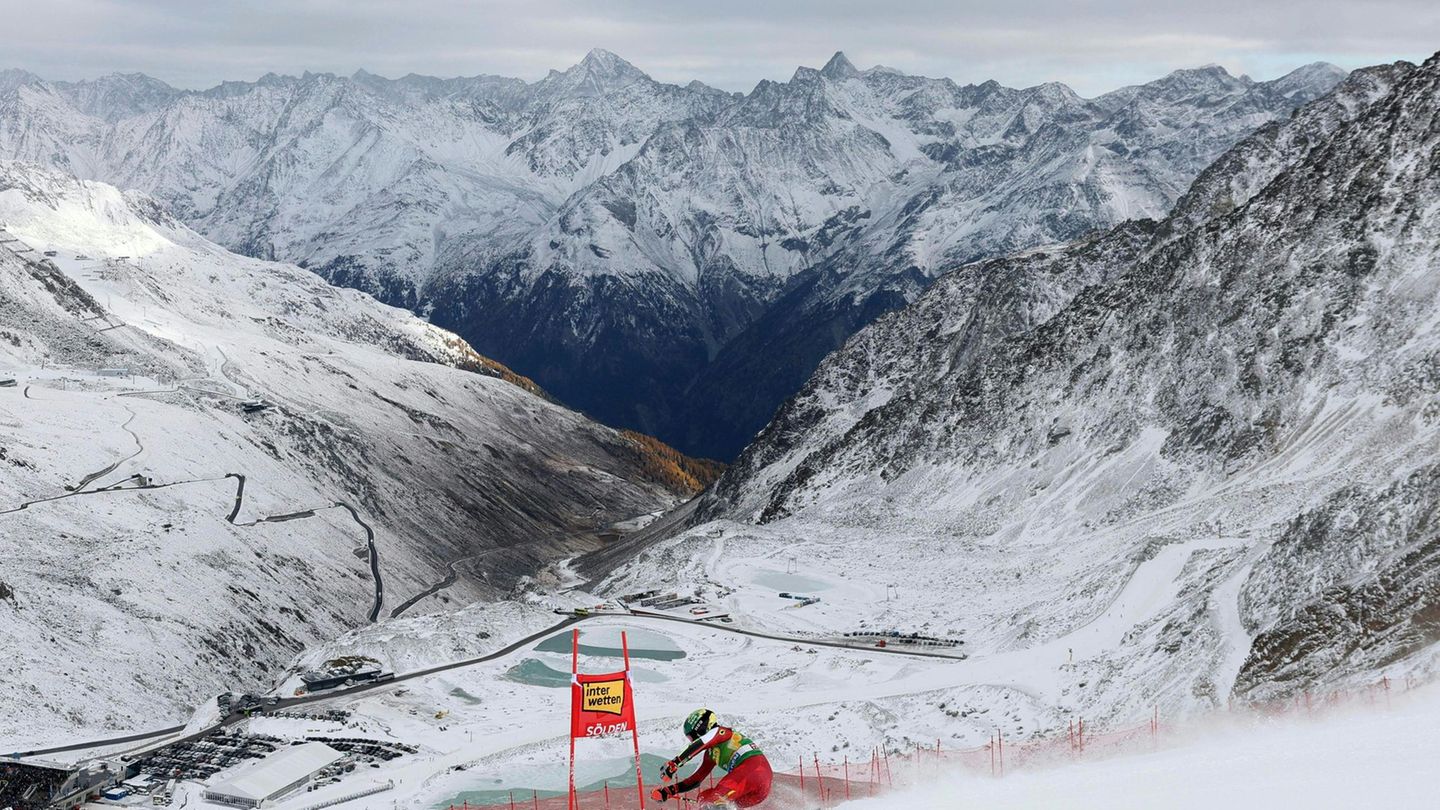Image: APA/ROBERT JAEGER
This provides for an increase in wages based on the inflation of the past twelve months plus a share of the overall economic productivity increase. But this year the metalworkers’ employers turned them down. “The industry actually has the advantage of securing competition in the application,” says Wifo expert Benjamin Bittschi.
According to the economist, the advantage comes from the fact that the overall economic productivity increase is used and not that from industrial production. Because productivity increases in the production of goods are always higher than in the entire national economy, Bittschi points to the automation, digitalization and application of artificial intelligence there. In the service sector it is not so easy. A better restaurant or country inn cannot do without service staff. A haircut also takes time in terms of craftsmanship.
- more on the subject: Metaller-KV: It could be the biggest strike in a long time
“If you take the overall economic productivity, you can see that wage developments largely followed the Benya formula until the start of the inflation crisis, but not in the last few years due to the rapid rise in inflation,” Bittschi said in an interview with the APA. “If industry-specific productivity were taken, the hypothetical wage growth since 2013 would have been around 15 percentage points higher.”
“Works Council of the Nation”
Bittschi recalled that the union has the Benya formula in its policy programs. He considers it “risky if industry in particular says we no longer want to use this. The union could also say, ‘OK, we now demand the application of industry-specific productivity in addition to inflation’. The unions are actually limiting themselves in this regard wage demand.”
Anton Benya, nicknamed “the President”, is a kind of pillar saint of the ÖGB. The “works council of the nation” was not only president there, but also of the National Council for the SPÖ. He was not considered a fan of strikes, so he developed “his” formula that made the annual strike time in Austria measurable in seconds for many years.
Last year, too, the application of the Benya formula was “an advantage” for industrial employers, said Bittschi. At that time, the monthly inflation at the start of negotiations was already significantly higher than the rolling inflation of the previous twelve months used during the negotiations. This year it is exactly the opposite – albeit in light of the gloomy economic situation. “Actually, employers would now have to pay what they had as an advantage last year,” Bittschi told the APA. The employee representatives made “advance payments” a year ago, now the employer representatives have to make “subsequent payments”, according to the Wifo expert.
Solution in sight?
What has happened so far in terms of warning strikes and strike threats is not yet of any economic significance, said Bittschi. He referred to the prevailing recession, the order situation is weak and the prospects are bleak. Employers also argue with this if they do not want to use the Benya formula this year. Things could look different if the union threatened escalation.
The expert repeatedly emphasizes that a deal below inflation could stifle the hoped-for upswing in the coming year. Private consumption plays a major role in the hopes for an upswing.
A solution from Wifo’s point of view would be, as Bittschi confirmed, to extend the agreement, i.e. to extend it over a year, which the union has so far rejected. Of course, if the plan were to be extended, increases would have to be agreed for subsequent years. This could get complicated. But: “In principle, it could help to bridge the recession phase,” said the economist.
more from economics




